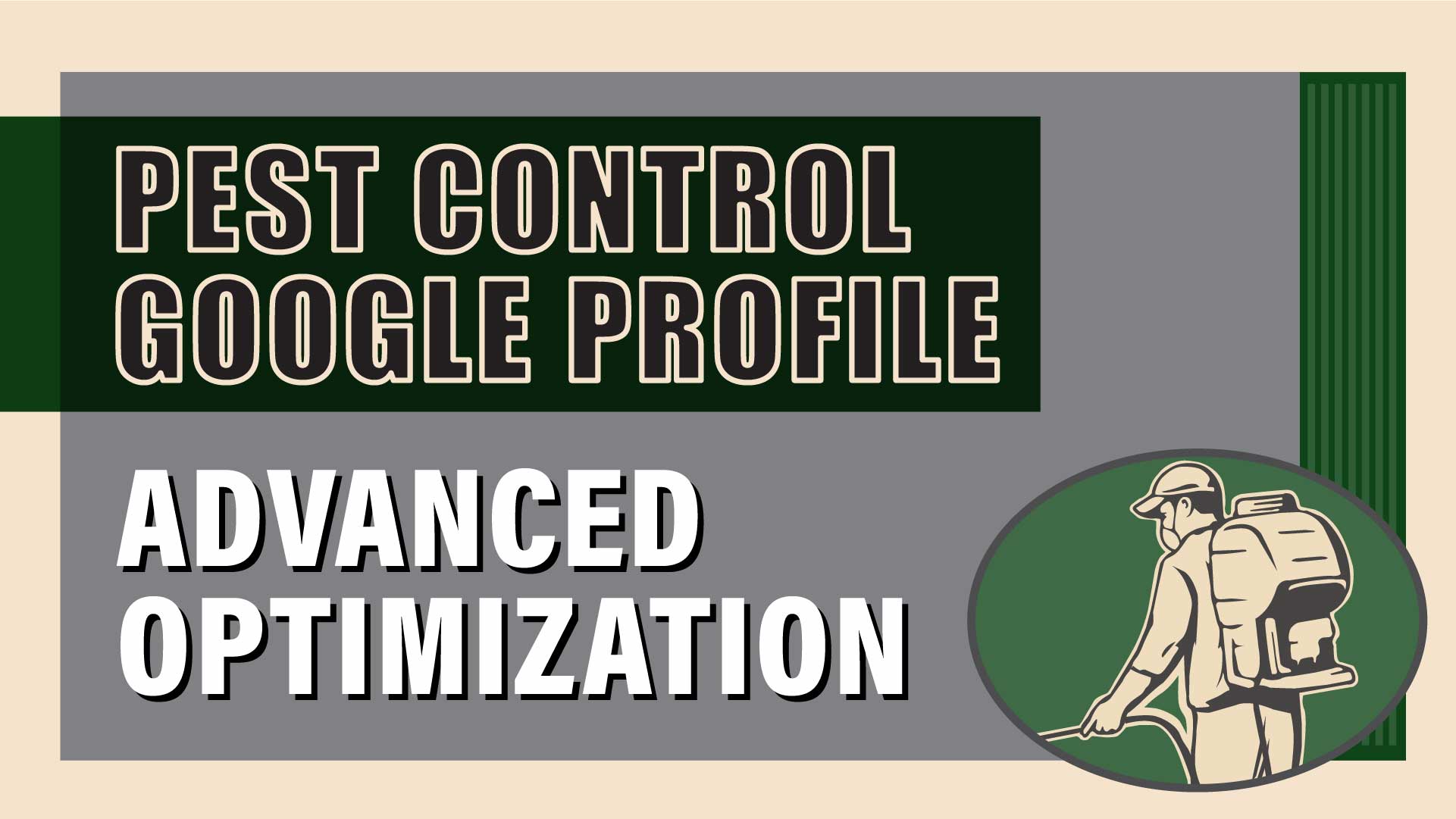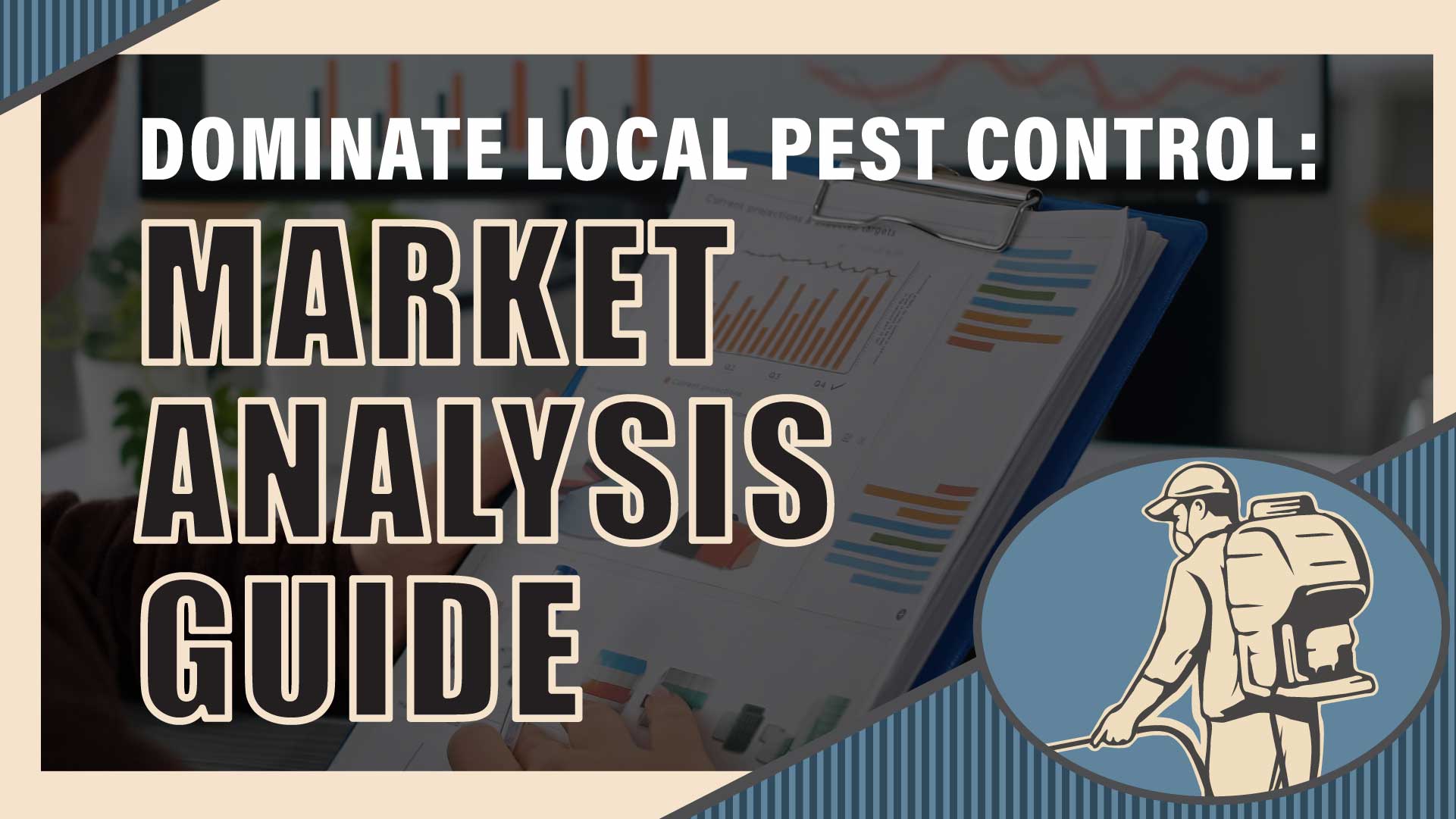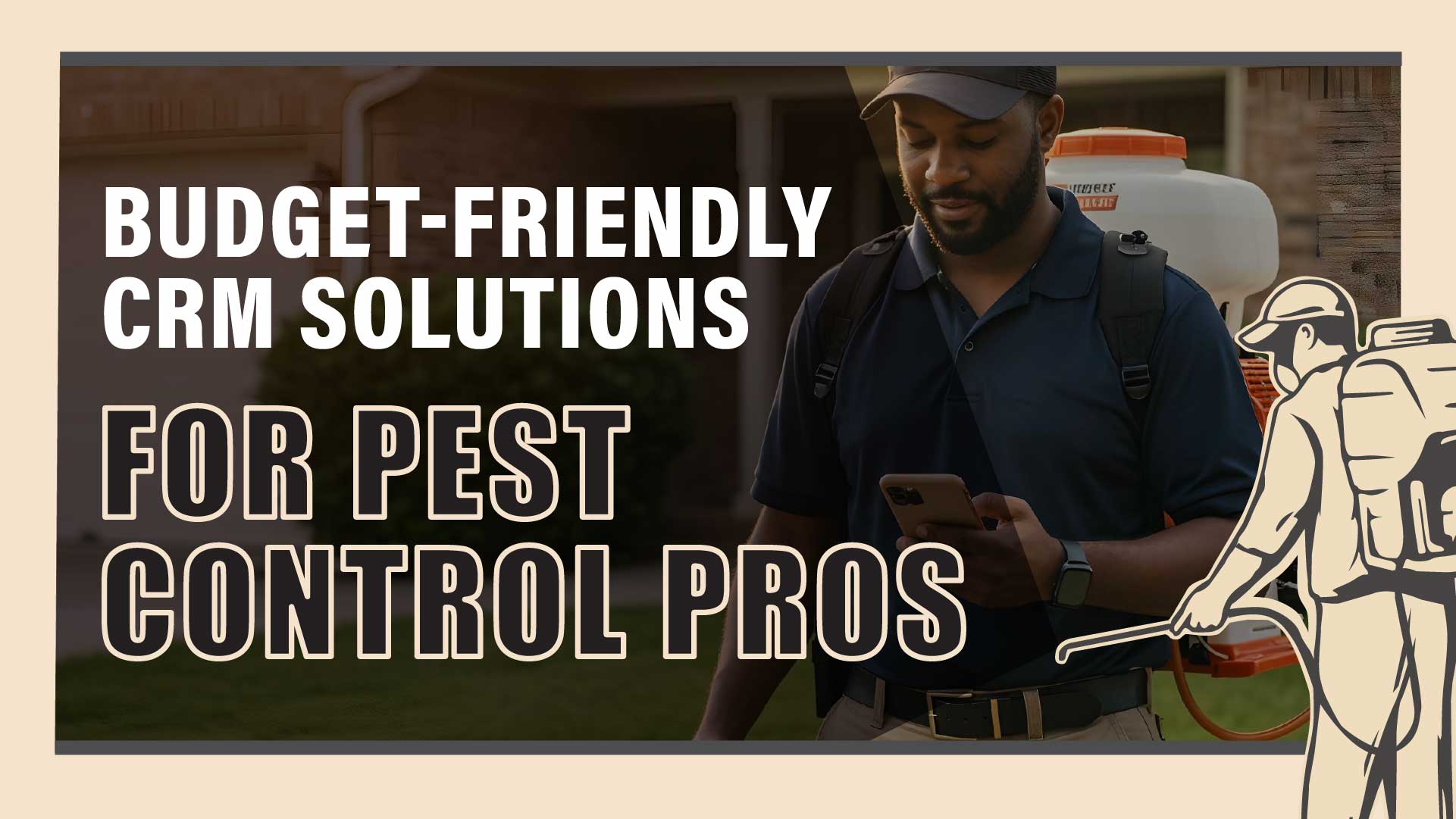If pests took vacations, your job would be easier—but they don't, they just change their habits! Every successful pest control operation understands that Mother Nature doesn't follow a simple calendar, and neither should your business strategy. Seasonal planning isn't just beneficial—it's essential for pest control companies looking to maintain consistent revenue, optimize resource allocation, and deliver exceptional service year-round.
When temperatures rise or fall, pest activities shift dramatically. Rodents that weren't a problem in summer suddenly seek warm shelter in autumn. Mosquitoes that dominated your service calls in July become scarce by October. Without proper planning, these natural cycles can leave your business scrambling to adjust, potentially missing revenue opportunities or wasting resources on unnecessary preparations.
This guide will walk you through creating a comprehensive seasonal operations plan that keeps you one step ahead of both the pests and your competition. When it comes to pest control, those who fail to plan might as well plan to fail—and that's a situation no business wants to get "bugged" by.
What Exactly Is a Seasonal Pest Control Plan?
A seasonal pest control plan is a strategic framework that anticipates and addresses the cyclical nature of pest activity throughout the year. Unlike fixed annual plans, seasonal planning recognizes that different times of year require different approaches to staffing, inventory, marketing, and service delivery.
The most effective seasonal plans account for:
- Predictable pest behavior changes based on temperature and weather patterns
- Fluctuations in customer demand across different seasons
- Preventative treatment opportunities during pest dormancy periods
- Equipment and inventory needs that vary throughout the year
- Strategic staff allocation to match seasonal workload demands
- Regional climate variations that affect all of the above
When implemented correctly, your seasonal plan becomes the operational compass that guides decision-making across your entire organization. Think of it as your business GPS, helping you navigate the changing landscape of pest control with confidence and precision.
Why Does Every Pest Control Business Need Seasonal Planning?
Is seasonal planning really worth the effort for smaller operations?
Absolutely! Small pest control businesses might actually benefit more from seasonal planning than their larger counterparts. With limited resources and smaller teams, a well-crafted seasonal plan helps small operations allocate their precious resources exactly where and when they'll have the greatest impact. Without it, even minor seasonal fluctuations can create significant operational challenges that larger companies might more easily absorb.
Consider this: a two-person operation in the Midwest that's unprepared for the fall rodent season might suddenly find themselves turning away customers—and revenue—simply because they didn't stock enough traps or bait stations when suppliers had them available. That's money left on the table that no business can afford to lose.
How does seasonal planning impact customer satisfaction?
Customers expect immediate solutions when pests invade their homes or businesses. A company caught unprepared for seasonal pest surges risks delayed service times, incomplete treatments due to inventory shortages, or sending technicians without the right equipment for the job.
On the flip side, businesses with robust seasonal plans can not only meet this surge in demand but can also proactively reach out to customers before seasonal pest problems begin—transforming their service from reactive to proactive and significantly boosting customer satisfaction. After all, the best pest problem is the one that never happens because you prevented it!
Creating Your Seasonal Framework
How should you structure your seasonal operations calendar?
The foundation of effective seasonal planning lies in creating a detailed operations calendar that anticipates the unique pest control needs of each season. While the standard four seasons provide a basic framework, many successful pest control businesses break the year down further into six or even eight microseasons to account for transition periods.
A typical breakdown might look like this:
- Early Spring (March-April): Emergence of overwintering pests
- Late Spring (May-June): Initial breeding cycles for many insects
- Early Summer (June-July): Peak activity for most pests
- Late Summer (August-September): Second breeding cycles, heat-driven pest migrations
- Early Fall (September-October): Weather-change driven pest movement
- Late Fall (November-December): Rodent and overwintering insect influx
- Early Winter (December-January): Indoor pest focus, preventative treatments
- Late Winter (February-March): Pre-emergence preparation
This more granular approach allows for pinpoint accuracy in your operational planning. Remember: in pest control, timing isn't just important—it's everything. Being just two weeks early with preventative treatment can mean the difference between a satisfied customer and a callback.
What key operational elements must be included in each seasonal phase?
For each seasonal phase in your calendar, your plan should address five critical operational elements:
1. Staff Scheduling and Training
The "swat team" of your seasonal planning involves preparing your most valuable resource—your people. Align your workforce with anticipated service demands by:
- Adjusting technician schedules based on historical service data from previous years
- Cross-training staff to handle multiple treatment types during transition seasons
- Scheduling certification and continuing education during slower periods
- Implementing flexible scheduling during peak seasons to maximize service capacity
- Planning for seasonal hires to supplement your core team during high-demand periods
For example, many successful pest control companies schedule their comprehensive team training in February, just before the spring rush begins. This ensures technicians are refreshed on protocols and up-to-date on new treatment methods right when customer calls start increasing.
2. Equipment Needs and Maintenance
Don't let equipment issues "pest-er" your operations! Each season brings different equipment requirements, and your plan should address the following:
- Preventative maintenance schedules for seasonal equipment
- Strategic purchasing timelines for season-specific tools
- Storage solutions for off-season equipment
- Backup equipment availability during high-demand periods
- Technology updates during slower seasons
One practical approach is implementing a quarterly equipment audit that happens one month before each major seasonal transition. This gives your team time to repair, replace, or acquire the necessary equipment before demand spikes.
3. Inventory Management
Nothing "bugs" customers more than hearing you don't have the materials needed to solve their pest problems. Your seasonal inventory management should include:
- Predictive ordering based on previous years' seasonal demand
- Safety stock calculations for critical materials during peak seasons
- Storage rotation systems to prevent product expiration
- Supplier relationships that accommodate rush orders during unexpected demand spikes
- Inventory reduction strategies for season-specific products as their relevant season ends
Consider implementing a seasonal minimum stock level system where your reorder points automatically adjust based on the time of year and expected demand, ensuring you're never caught short-handed during a seasonal surge.
4. Service Routing and Scheduling
Efficient routing isn't just about saving gas—it's about maximizing the number of customers you can serve each day. Your seasonal plan should address how routing changes with the seasons:
- Density-based routing during high-demand periods to minimize travel time
- Weather-contingent scheduling alternatives for outdoor treatments
- Capacity management strategies during peak seasons
- Geographic focusing during transition seasons to optimize technician time
- Preventative service promotion during traditionally slower periods
Many successful companies implement zone-based scheduling that shifts throughout the year, concentrating technicians in high-demand neighborhoods during relevant seasons rather than spreading them across the entire service area every day.
5. Weather Considerations and Contingency Planning
In pest control, weather isn't just small talk—it's a major operational factor. Your seasonal plan must include:
- Treatment adjustments based on temperature and precipitation forecasts
- Rescheduling protocols for weather-related cancellations
- Alternative indoor service options during inclement weather periods
- Communication plans for weather-related service modifications
- Opportunity identification for weather-triggered pest activities
Some forward-thinking pest control operations have developed entire service lines around weather events—offering emergency service packages after heavy rains when ant invasions are common or during sudden cold snaps when rodents seek indoor shelter.
Regional Variations: Adapting Your Plan to Local Conditions
How do different geographic regions affect seasonal pest control planning?
While the framework above applies universally, effective seasonal planning requires adaptation to your specific region. The seasonal pest patterns in Miami will differ dramatically from those in Minneapolis, and your operational planning should reflect these differences.
State-Specific Seasons and Regulatory Considerations
Each state experiences seasons differently, and many have unique regulatory requirements that affect seasonal planning:
- Southern states may have extended summer pest seasons but shorter or milder winter planning periods
- Northern regions require more robust winter service alternatives when outdoor treatments become impossible
- Coastal areas often face humidity-driven pest pressures that inland regions don't experience
- Mountain regions may have dramatic season shifts that require rapid operational pivots
- Regulatory restrictions may limit certain treatments during specific seasons in some states
Your seasonal plan should incorporate both the climate realities and regulatory landscape of your specific service area. Don't just copy another company's seasonal schedule—analyze local weather patterns from the past five years to identify the true seasonal transitions in your region.
Climate Zones and Microclimate Considerations
Even within a single service area, microclimates can create significant variations in pest pressure:
- Urban heat islands may experience higher insect activity earlier in spring
- Waterfront properties often face different pest pressures than similar properties just a mile inland
- Higher elevations within your service area may experience seasonal transitions weeks apart from lower areas
- Heavily wooded sections may retain moisture longer, extending mosquito seasons
- New developments often experience different pest patterns than established neighborhoods
Advanced pest control operations often map these microclimate zones within their service area and adjust their seasonal planning accordingly, sometimes even assigning specific technicians to become specialists in the unique seasonal patterns of each zone.
Peak Periods Across Different Regions
Understanding exactly when your region experiences pest activity spikes is crucial for accurate planning:
- Termite swarm seasons vary by as much as three months across different regions
- Mosquito season may last four months in northern states but nearly year-round in southern coastal areas
- Rodent intrusion timing correlates directly with the first significant temperature drops, which vary by region
- Fire ant activity may have one peak in northern areas but two distinct peaks in southern regions
- Overwintering pest control opportunities occur much earlier in northern areas than in southern ones
Your plan should identify these peak periods with precision, ideally broken down to the specific weeks when activity historically spikes based on local conditions and previous years' service data.
Off-Season Strategies by Region
Every region has slower periods for certain pest services, but smart seasonal planning transforms these "off-seasons" into alternative revenue opportunities:
- Northern companies might shift to insulation installation and exclusion work during winter months
- Southern operations can focus on termite pretreatments during construction booms in milder winters
- Coastal businesses often develop specialized salt marsh mosquito programs for shoulder seasons
- Arid region companies might develop irrigation system inspection services that prevent future pest issues
- Transition zone operators can offer specialized preventative services during brief seasonal windows
The most successful pest control operations don't see any true "off-season"—they simply shift their service focus to match the current opportunities presented by their regional seasonal patterns.
Resource Allocation Based on Regional Factors
Your equipment, inventory, and staffing allocations should reflect the unique regional factors affecting your business:
- Equipment investments should prioritize tools needed for your region's most persistent pest challenges
- Inventory management systems should account for region-specific treatment needs
- Staff training should emphasize the pest species most commonly encountered in your specific service area
- Marketing budgets should align with the unique seasonal opportunities in your region
- Vehicle maintenance schedules should anticipate your region's most challenging weather periods
For example, a pest control operation in Phoenix might invest heavily in scorpion detection equipment and train all technicians in arachnid control, while a similar-sized operation in Seattle might focus resources on moisture control technology and staff training for mold-related pest issues.
Implementation: Putting Your Seasonal Plan Into Action
What steps should you take to implement an effective seasonal plan?
Creating a brilliant seasonal plan means nothing if it stays locked in a filing cabinet. Successful implementation requires:
- Clear Documentation and Accessibility
- Develop visual seasonal calendars for each department
- Create simplified seasonal quick-reference guides for technicians
- Ensure all team members can access the plan via multiple formats
- Use color-coding to make seasonal transitions immediately visible
- Incorporate seasonal planning elements into daily operational tools
- Advance Preparation Timelines
- Schedule preparation activities 30-45 days before each seasonal transition
- Create preparation checklists for each department
- Assign specific seasonal preparation responsibilities to team members
- Implement milestone check-ins during preparation periods
- Develop early warning systems for seasonal transitions occurring earlier than expected
- Staff Communication and Buy-In
- Involve technicians in developing the seasonal plan using their field experience
- Conduct seasonal transition meetings before each major shift
- Create incentives aligned with seasonal priorities
- Share the "why" behind seasonal strategies, not just the "what."
- Celebrate successful seasonal transitions as team achievements
- Continuous Improvement Process
- Document what works and what doesn't during each seasonal period
- Conduct post-season reviews to capture lessons learned
- Adjust next year's plan based on actual experiences
- Benchmark your seasonal performance against industry averages
- Invite customer feedback specifically related to seasonal service quality
- Technology Integration
- Leverage weather data APIs to trigger seasonal transition alerts
- Use CRM systems to track seasonal service patterns
- Implement inventory management systems that adjust automatically to seasonal needs
- Develop reporting dashboards that track seasonal KPIs
- Create automated customer communication templates for each seasonal transition
Measuring Success: Key Performance Indicators for Seasonal Planning
How will you know if your seasonal planning is working? Track these critical KPIs:
- Service Efficiency Rates by Season
- Average completions per technician per day
- Travel time as a percentage of total work hours
- First-time completion rates across seasons
- Callback rates by seasonal period
- Average service duration by treatment type and season
- Inventory Performance Metrics
- Seasonal inventory turnover rates
- Stock-out incidents by season
- Days of supply for critical materials
- Seasonal carrying costs
- Emergency order frequency
- Financial Performance Indicators
- Revenue by seasonal period compared to projections
- Profit margin consistency across seasons
- Labor cost as a percentage of revenue by season
- Seasonal marketing ROI
- Year-over-year growth by seasonal period
- Customer Satisfaction Measures
- Seasonal NPS (Net Promoter Score) trends
- Review sentiment analysis by season
- Renewal rates following each seasonal period
- Seasonal complaint frequency
- Referral rates by season
Conclusion: Staying Ahead of the Seasons and the Competition
Effective seasonal planning isn't just about reacting to the calendar—it's about creating a proactive operational approach that anticipates both challenges and opportunities throughout the year. By developing a comprehensive seasonal framework tailored to your specific region, you position your pest control business to:
- Deliver consistent, high-quality service regardless of seasonal pressures
- Maximize resource utilization across all operational areas
- Reduce stress on your team through better preparation and planning
- Create new revenue opportunities during traditionally slower periods
- Build stronger customer relationships through proactive seasonal services
Remember: in pest control, the seasons will change whether you're ready or not. The choice is whether your business will simply weather these changes or actively leverage them for competitive advantage. As the old saying goes, "The best time to prepare for spring was last winter, but the second-best time is now!"






